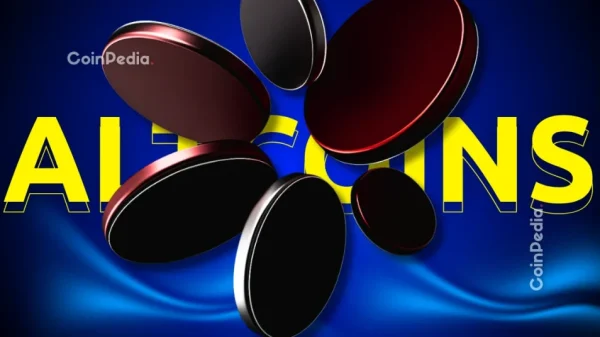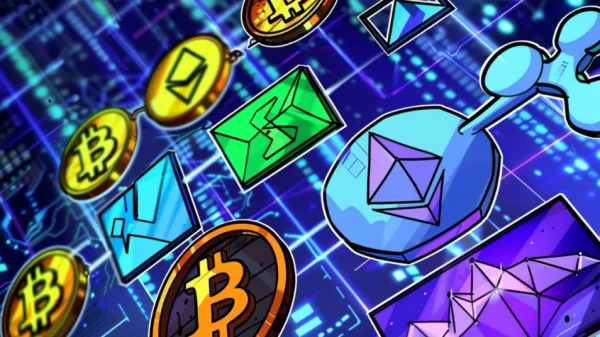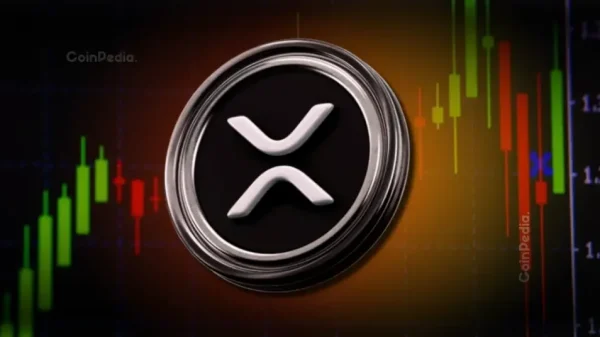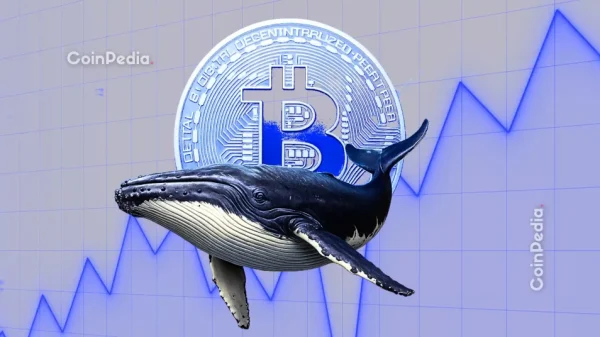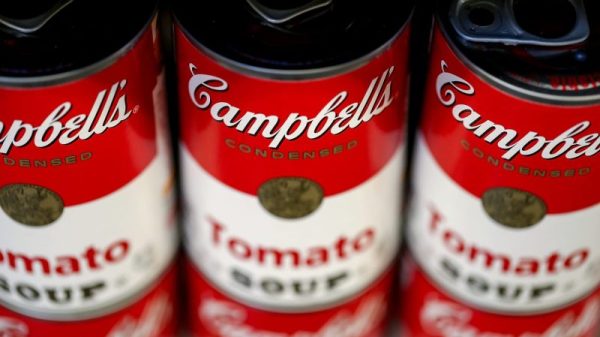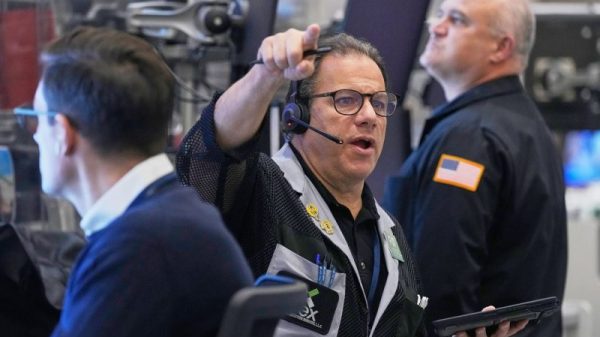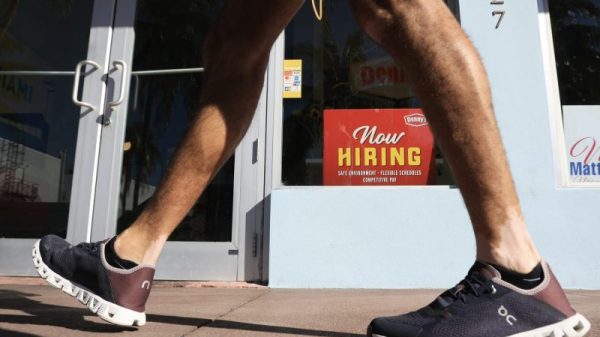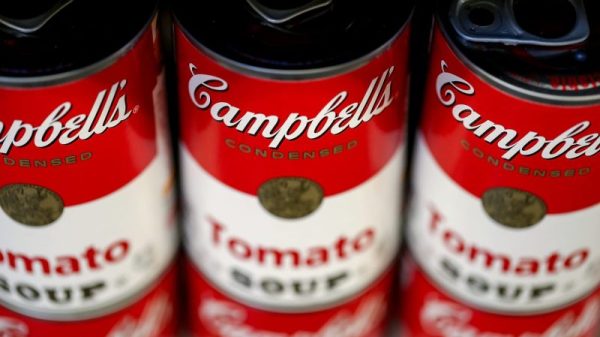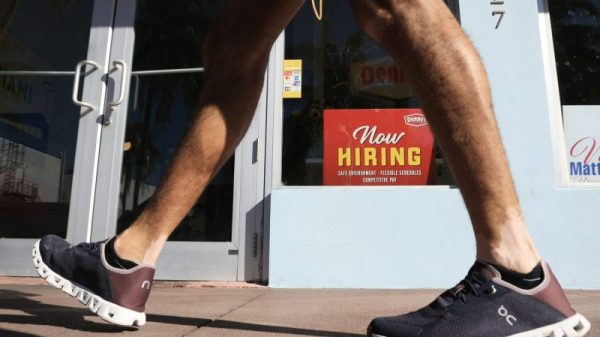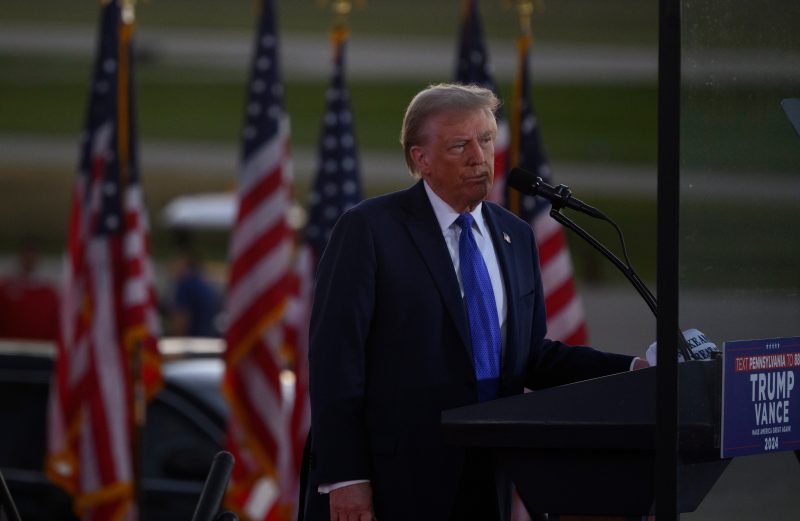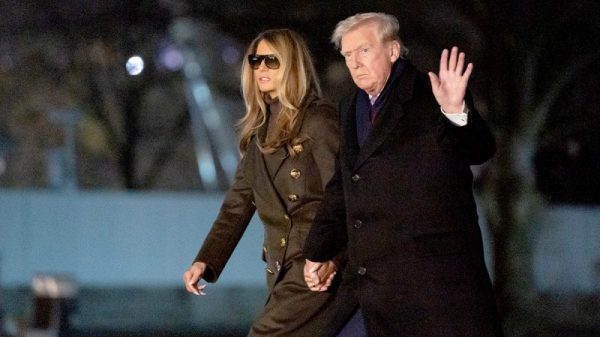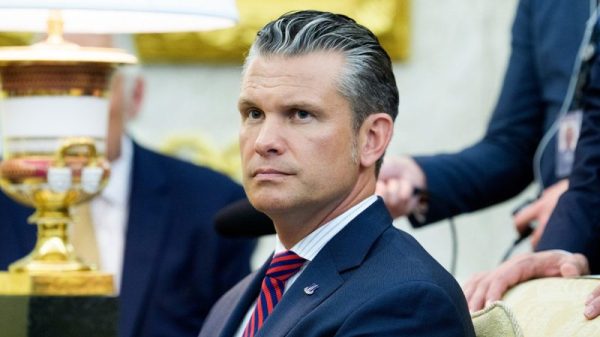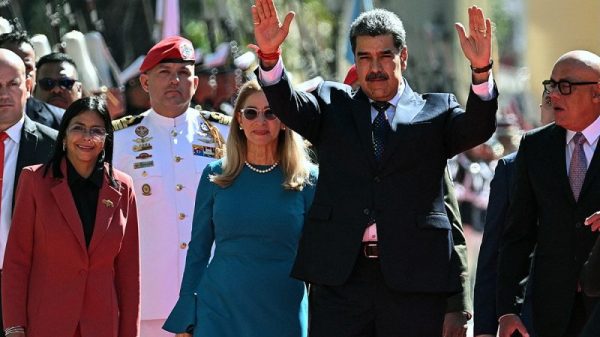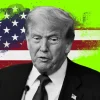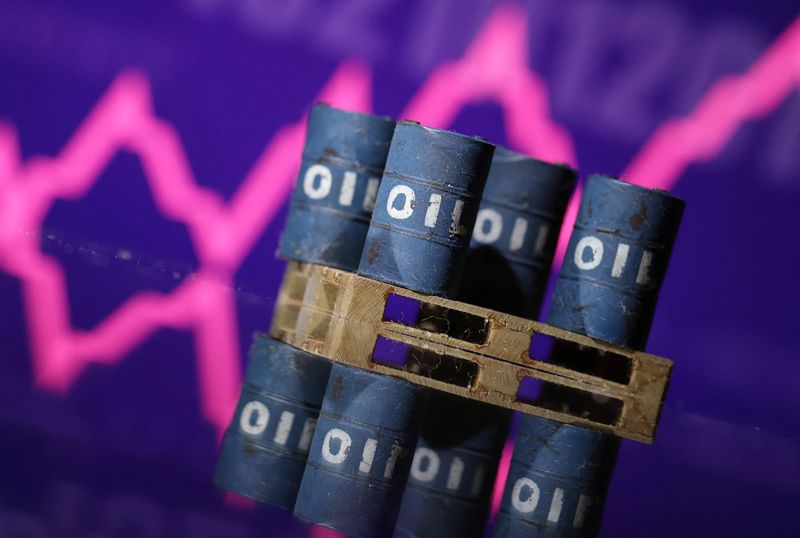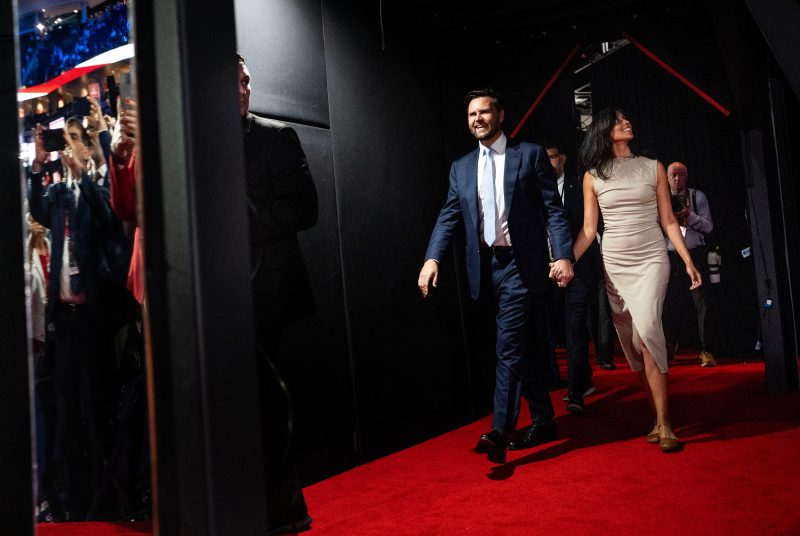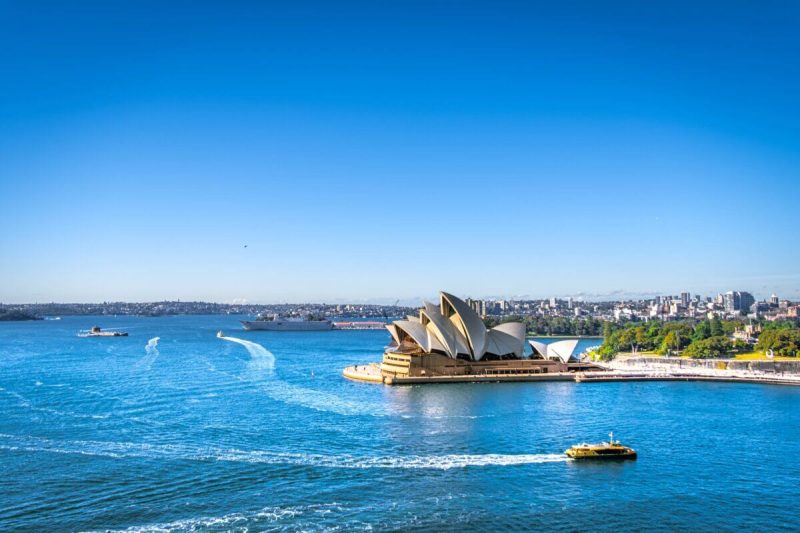
Lucky Australia holding its place in the world
Â
The Lucky Country is the title of a 1964 book about Australia by Donald Horne, and for many observers this title fits the land down under very well. In fact, it has become somewhat of a nickname for the country. Among other things, it refers to Australia’s abundant natural resources, its distance from many problem areas in the world, it’s almost permanent sunny weather, and its early use of the British legal and parliamentary system. All four of these advantages persist up to the current day.Â
var cookie_token = $.cookie(‘token’);
url = window.location.href;
var param = url.split(‘?’)[1]
console.log(url);
if ($.cookie(‘token’) && param != ‘webview=true’) {
var settings = {
“url”: “https://my.financebrokerage.com/api/transactions/my”,
“method”: “GET”,
“timeout”: 0,
“headers”: {
“Content-Type”: “application/json”,
“Authorization”: `Bearer ${cookie_token}`
},
};
$.ajax(settings).done(function (response) {
if (response[0].status == “Approved”) {
$(‘.blur’).html(`
Australia’s abundant natural resources are the stuff of legend. In the 1950s a man called Lang Hancock discovered iron ore in Western Australia. There was so much ore lying around that his geologists were in awe. Huge digging machines literally just had to scoop up the ground and load it into huge trucks, and from there it was transported onto railway wagons. Mr. Hancock was famously known for just standing next to the railway tracks and watching his mounting profits as they trundled by. According to his obituary, his mines at Pilbara, Western Australia, earned him A$70,000 per day. Even today, after digging this mineral out for more than 70 years, Australia is still the world’s leading producer of iron ore.
However, Australia’s mineral wealth does not just come from iron ore. There is also an abundance of other minerals. In 2019, Australia was also the world’s largest producer of bauxite (aluminium ore), the second largest producer of gold, manganese, and lead, the third largest for zinc, cobalt, and uranium, the fifth largest for salt, the sixth largest for copper and nickel, the eighth largest producer for silver and tin, the fourteenth largest for phosphate, and the fifteenth largest for sulphur. The country is also a major producer of precious stones. Australia is the world’s largest producer of opals, and is one of the largest producers of diamonds, rubies, sapphires and jade.
Most of this mineral wealth is to be found in the vast outback, that is, well away from the more populated parts of the country. This is an advantage because no one really wants to have a huge dusty, polluting mine start up next to their town, so it certainly helped that few people were already living out there. However, this could sometimes also be a disadvantage when it came to finding anyone who would go and work in these remote places.Â
The shortage of willing labour also led to another feature of Australian mining. Namely the tendency to simply dig up the minerals and then export them to other countries who would then add most of the value by processing it themselves. Thus, for the most part, the iron ore was turned into steel in factories in Japan, South Korea and, especially more recently, in China.Â
This trend has continued with other minerals. In the case of lithium, this is now in great demand in order that manufacturers can make enough heavy batteries to supply the needs of the Electric Vehicle (EV) industry. Australia is one of the countries which has enough lithium deposits to make extraction economically viable, but at present, it is the Chinese who take this mineral and who do most of the world’s processing back at home. In 2022 China had 8% of the global lithium reserves and 72% of the world’s lithium refining capacity.
On the one hand, this is a good thing because mining and processing lithium can generate large volumes of toxic and polluting material, and China has a more relaxed attitude when it comes to protecting the environment. However, on the other hand, if EVs are to be the future of motoring, then being able to process this lithium and make the necessary batteries is going to be a key part of any future success in the automobile industry. And if the Chinese are the only ones who can do this on any scale, then they will have a virtual monopoly. It is generally considered awkward for free trade when anyone has monopoly status.
During the recent Covid pandemic the world found out to its cost how dangerous it was to rely on so many supply chains linked to China. A certain naivety had allowed so much manufacturing to be outsourced there, and people have now realised that this was a mistake. As a result, many countries have been attempting to diversify sources so that in future they will never again be reliant on just one supplier, no matter who it might be. In the case of China this is also becoming a particular concern for another reason. Recently, the Middle Kingdom, as it is also known, has begun to flex its muscles politically and militarily in the South China Sea. So, many countries have been thinking, what will happen to our supplies if one day we find ourselves at war with China? This way of looking at things came very much into focus when Russia tried to blackmail the West over oil and gas supplies around the time of its 2022 invasion of Ukraine.
We had mentioned earlier that Donald Horne thought that Australia’s distance from many problem areas in the world was one reason why it was lucky. Having seen off the militaristic advances of Japan in World War II, this was largely true when he wrote it in the 1960s. However, what can one do when a problem area of the world seeks to move into and influence one’s own neighbourhood? With both the economic and the military rise of China, the distance Donald Horne mentioned may no longer exist as he recognised it. In one sense Australia is still lucky, and that is because she still has the assets and the time to adapt, but events as recently as 2020 showed that the writing is on the wall.Â
So, 2020 was when Australia greatly irked the Chinese with a request to allow a proper and thorough investigation into the origins of the Covid pandemic. At the time, it was suspected that Covid came from a laboratory in Wuhan, and many thought it was quite normal to seek to investigate this. But not the Chinese. One feels like asking, were they hiding something? Anyway, in response and in revenge, China launched a campaign of economic coercion against Australia. The Communist Party bosses thought they could do this because they imagined they had crushing leverage over Australia’s economy. After all, the Chinese economy was much larger than that of Australia, with a Gross Domestic Product (GDP) of roughly 10 times the size, and a population of over 50 times the size.Â
However, despite these size comparisons weighing heavily in favour of the Chinese, the economies of these two countries were not only closely connected, but they were also highly complementary. It is true that Australia needed China’s markets for its many natural resources, and by massively curbing shipments of everything from timber to coal, and from lobsters to barley to wine, China was attempting to cause as much economic damage as possible. In the end, China was able to impose a A$24 billion ($16 billion) hit on Australian exports, representing no less than 5.5% of its annual total.Â
However, the problem for the Chinese was that they needed to get their economy back into operation after coming out of lockdown in late 2022, and by that time they needed those Australian minerals and timber to help do so. So, by banning those items, for whatever spurious reasons, they were shooting themselves in the foot. In essence the two economies were such a good fit that China’s firms felt as much pain from the curbs as Australia’s, if not more. And some commodities, such as Australian iron ore, were so hard to replace China chose not to target them at all.Â
Australia stuck to its guns and managed to ride this Sino storm. In fact, after three years of such Chinese bullying it emerged in remarkably good shape. Its exports had briefly suffered, but then they were able to recover as the Australians found alternative customers. If the Chinese wouldn’t buy their coal, they would simply sell it to India or to Indonesia. And after China slapped a tariff of up to 80% on Australian barley, its producers simply sold it to other South-East Asian countries. They also planted other crops to give them more options. And Chinese beer-makers found that they had to buy other countries’ barley, which was not of the same quality.Â
Australian pain, which was significant, was more concentrated: lobster fishermen struggled; wine exports to China’s middle classes plunged. But the overall effect was not as great as they had hoped. Eventually the Chinese realised their embargoes were causing them many problems as well, and their own victories were only slight by comparison. Therefore, they backed down and lifted their trade blocks.
Of course, as is always the case with the Chinese, they needed to save face. So, after “serious studyâ€� by quarantine officials had allayed its concerns about bug infestations, Xiao Qian, China’s ambassador in Canberra lifted a de facto ban on Australian timber, for example. And in fact, since January 2023 Chinese importers had been quietly buying that Australian coal again. They took no less than A$1.2 billion worth in the first quarter of 2023.Â
After many years of unchecked Chinese bullying, both economically, and on Asia’s seas, and in many international forums, Australia’s escape is being widely understood as a significant win. Yet it involved a large dose of luck as well as strong nerves. China is the largest trade partner of a long and growing list of countries. Very few of them have the wealth and natural resources that protected Australia, the “lucky� country. Even so, many are studying the lessons of how Australia resisted that pressure of China’s grip.
Moving on, this episode of Chinese aggression has taught Australia many lessons for the future. The first lesson has been to reinforce that determination to stop relying on any one customer, and especially the Chinese one. The second lesson has been to stop relying on any one supplier, and especially the Chinese one. Of course, this is, or ought to be, standard business practice, but unfortunately, good times can make anyone complacent and maybe even a little bit lazy. The thinking can be, well this supplier or customer is always there for us; we can always sell to or buy from them. And that works fine, until one day their market or supplies are no longer there.Â
All of which brings us back to Australia and its minerals. In particular, it brings us to a consideration of rare earth metals (rare earths). Rare earths are a set of 17 nearly indistinguishable lustrous silvery-white soft heavy metals. Contrary to their descriptor, rare earths are not actually rare. In fact, they are abundant, as it happens. However, only a few countries, including Australia, contain deposits which are large enough to make their extraction economically viable, so in that sense, they become difficult to obtain and are therefore deemed to be rare .
Compounds containing rare earths have diverse applications in electrical and electronic components, and also in lasers, glass, magnetic materials, smartphones, batteries, high-powered magnets and industrial processes. They also underpin clean energy technologies and are widely used in electronic defence systems. As such, they are seen as critical to the health and advancement of any modern nation.Â
China is a large producer of rare earths, and it has nearly complete control over the refining processes needed to make the minerals useful. It supplies close to 90% of processed rare earths. And here is another instance of it using that position of strength to throw its weight around on the world stage. After tensions between Beijing and Tokyo flared up in 2010, due to all sorts of historical problems, as well as some more recent disagreements, China blocked all rare earth exports to Japan.
Australia and many other nations took note, recognising the strategic challenge this posed for them all. Therefore, the government of the day determined that capital was needed to develop both mining and processing projects for these critical rare earths. Just as oil was weaponised by its suppliers in the 1970s, so China’s dominance in the supply and processing of rare earths could prove highly threatening in the future.Â
Plans for new critical-mineral supply-chains are being drawn up in multilateral forums such as the Quad grouping of America, Australia, India and Japan. Resource-rich countries like Australia and Indonesia (with lots of nickel and plans for a battery industry) aim to profit from a minerals bonanza. The focus of much of this thinking is on three things: “friendshoring�, shifting supply-chain management from the “just in time� model to the more cautious “just in case� one, and ensuring the presence of spare capacity in minerals processing.
Australia is the biggest producer of lithium, the third-biggest producer of cobalt and fourth biggest of rare earths, yet at present it is still a minor player as far as processing is concerned. However, it aims to become a globally significant producer of all these critical minerals and rare earths by 2030.Â
To that end Australia is committing A$500 million ($343 million) to relevant projects. This will be in addition to an existing A$2 billion fund to get early-stage critical minerals and rare earths projects off the ground, including a rare earths refinery. In fact, this year Australia’s government took the wise step of blocking a Chinese entity from raising its stake in a rare earths company on the grounds of national security. In fact, it is hard to imagine why an Australian company in this strategically important field would permit any Chinese involvement at all.Â
The overall conclusion is that one must be eternally vigilant in delicate matters of national security. In the face of Chinese opposition, it is not easy to create alternative supplies of rare earths. For example, after China’s blocking of rare earths to Japan in 2010, Japan’s government encouraged a Japanese trading house, Sojitz, to sign purchase contracts with an Australian producer, Lynas Rare Earths, while backing it with cheap loans.Â
China’s response was to fight back by flooding the market to suppress rare earth prices. So, quite clearly, what the Chinese want is market control of these unique rare earths. One moment they would not supply them at all, and then the next moment, they were making them cheap enough to flood the market so that anyone could buy them, but no one could make a profit with them.Â
Given all these Chinese hurdles, and the high costs of environmentally safe processing, any new capacity for rare earths will require long-term support. But it is necessary, and it will be worth it if Australia is to ensure it is not caught out by another Chinese ban. Recent Chinese history has shown that any sleight, any motive or any strategic tipping point can lead the Chinese to shut off rare earth supplies if they feel like it. Therefore, what is required by Australia is some “strategic industry planningâ€� to rival China’s 30 years of strategic thinking on critical minerals.Â
So, for now, the aim is to seek more resilience and competition, and less reliance on China. But there is a long way to go before reaching even that modest goal. China’s hold is imposing, and the costs of entry into processing steep. For example, this is an admission by Gregory J. Hayes, CEO of RTX Corporation (formerly Raytheon), which is the world’s biggest maker of guided missiles. He said recently that ending RTX’s reliance on Chinese supplies of critical minerals looked to be impossible. He went on to say that it might be possible to reduce the risk involved with such a reliance, but it would not be possible to decouple from it entirely.Â
That is a sobering thought, namely that one of the West’s main missile manufacturers is reliant upon Chinese supplies. And so, one might well ask what happens if the West is involved in a war with China? For now, with a bit of help from its friends, and a newly objective strategy in place, “luckyâ€� Australia is holding its own against the imposing presence of China. It will need to stay constantly vigilant, and hope that the luck continues to hold. Â
`);
} else {
$(‘.blur’).css({
‘background’: ‘linear-gradient(95deg, #4e4e4e 25%, #000 45%, #bbb 75%, #FFFFFF 100%) 98%/200% 100%’,
‘text-transform’: ‘inherit’,
‘-webkit-background-clip’: ‘text’,
‘background-clip’: ‘text’,
‘-webkit-text-fill-color’: ‘transparent’
})
$(“.wpb_content_element”).append(`
Want to read more?
Click on the button below to access all premium content
articles by purchasing one of our educational packages
GET PREMIUM
`)
}
});
} else {
$(‘.blur’).css({
‘background’: ‘linear-gradient(95deg, #4e4e4e 25%, #000 45%, #bbb 75%, #FFFFFF 100%) 98%/200% 100%’,
‘text-transform’: ‘inherit’,
‘-webkit-background-clip’: ‘text’,
‘background-clip’: ‘text’,
‘-webkit-text-fill-color’: ‘transparent’
})
$(“.wpb_content_element”).append(`
Want to read more?
Click on the button below to access all premium content
articles by purchasing one of our educational packages
GET PREMIUM
`)
}
});

